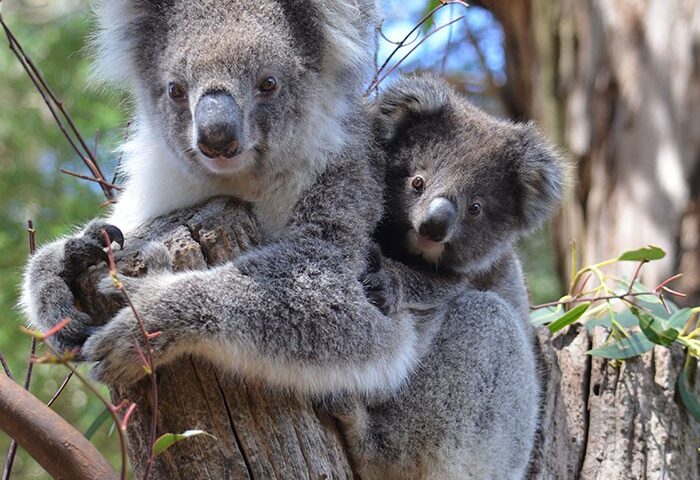SeaWorld Prison
As a veterinarian with a special interest in wildlife, including marine mammals, I visited SeaWorld San Diego to observe and assess the conditions in which the animals are kept. What I saw and documented there left no doubt in my mind that dolphins, orcas and other animals are suffering. Marine animals didn’t evolve to be confined to cramped, barren, chemical-filled tanks, whose inadequacy is all the more glaring next to the ocean, which stands nearby in stark contrast.
Wild orcas are almost constantly in motion and spend up to 95 percent of their time underwater. I saw an orca with a severely collapsed dorsal fin floating motionless on his side—extremely abnormal behavior for an orca. When I asked an “educational” guide why this orca’s fin was collapsed, she responded that the bent fin is a genetic trait similar to the ones that give people straight or curly hair. This assertion is patently false. There is no scientific basis for the statement that orcas are genetically programmed to have collapsed dorsal fins. However, there is evidence to suggest that the conditions of captivity are responsible for the high incidence of dorsal fin collapse, including being forced to spend abnormally long periods of time at the surface in direct sunlight, having little opportunity to exercise, developing a water imbalance from an unnatural diet and constantly having to swim in tight circles.
After I observed the orca show, I saw another whale, Ikaika, swim to the center of the pool and lie motionless at the surface, occasionally lifting his head and opening his mouth as if swallowing air. I watched him do this for at least 15 minutes as the public left the stadium. He showed no interest in anything around him
Another depressing sight was that a walrus named Obie was confined to a tiny tank covered with a thin layer of green algae. He repeatedly pressed his mouth against the glass, regurgitating and swallowing his food. This is a common neurotic behavior in captive wild animals who are suffering from psychological distress and a profound lack of stimulation. He appeared to be blind and spent 90 percent of his time holding both eyelids closed while I watched him. Since my visit last year, he has died.
Dolphins suffer, too. The stress of being confined to tiny tanks can lead to aggression and serious injuries. I saw many dolphins with rake marks inflicted by dominant dolphins who scrape their teeth against other dolphins’ skin, in various stages of healing. These attacks can be very painful. I also observed dolphins who were ramming, chasing, flipping and attempting to slap other dolphins with their flukes.
Also troubling is the close contact allowed between dolphins and the public. Visitors were permitted to stand unsupervised by the side of the pool while putting their hands in the water and touching the dolphins. Many of the dolphins in this lagoon had obvious skin lesions, including some whose appearance was consistent with poxvirus.
You don’t have to take my eyewitness account as proof that animals are suffering and dying in SeaWorld’s tanks: At least 62 bottlenose dolphins have died at SeaWorld parks in the last 10 years alone, and 36 orcas have died—not a single one of old age.
SeaWorld can squander millions on propping up its dying business model, or it can use its resources to develop coastal sea pens in which the orcas could begin to make the transition to a more natural life right in its own backyard.
SOURCE: http://timesofsandiego.com/opinion/2015/10/02/a-peta-veterinarian-describes-her-visit-to-seaworld/




